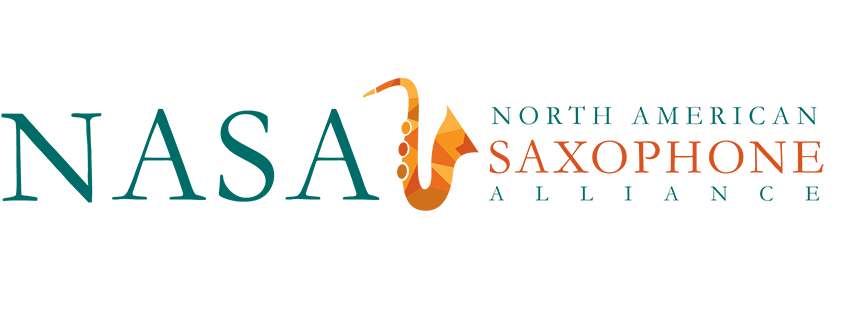Kasey and Tommy presented eTu{d,b}e at NASA2023 at the University Of Southern Mississippi this past weekend, with support from a CIRMMT travel award!
From the conference website:
eTu{d,b}e is a series of performances including improvising musical agents and a performer on the eTube, an augmented instrument utilising a saxophone mouthpiece and custom controller interface. The eTube is purposefully limited in its sound production yet it proposes an intriguing sound world which explores techniques such as timbral trajectories, percussive attacks, multiphonics, layered overtones, or singing while playing. The eTube is light, flexible, and directional, which invites movement and spatialised gestures to be incorporated into performances. These instrumental gestures also appeal to a spatialised performance environment with a multi-speaker array. The eTube’s simple two-button controller facilitates interaction with the musical agents, influencing their listening and sonic output settings.
The eTu{d,b}e framework implements corpora-based musical agents where audio files are segmented and analysed using audio descriptors and stored in a database. Tommy’s sound will be captured via a microphone and analysed using similar audio descriptors. This analysed input will be matched with audio segments in the agent’s database, and these segments are then recombined to create a sonic output. Over the past year, Kasey Pocius has developed spatialisation models for the eTu{d,b}e framework which enables the agents to be placed in discreet locations in space. An envelope follower on the eTube microphone and Kasey’s MIDI controller will interpolate between adjacent presets, interacting with how the agents are organised in the auditory landscape. The eTu{d,b}e project is developed at the Input Devices and Music Interaction Laboratory (IDMIL) and Centre for Interdisciplinary Research in Music Media and Technology (CIRMMT) at McGill University with support from the Social Sciences and Humanities Research Council of Canada (SSHRC).

